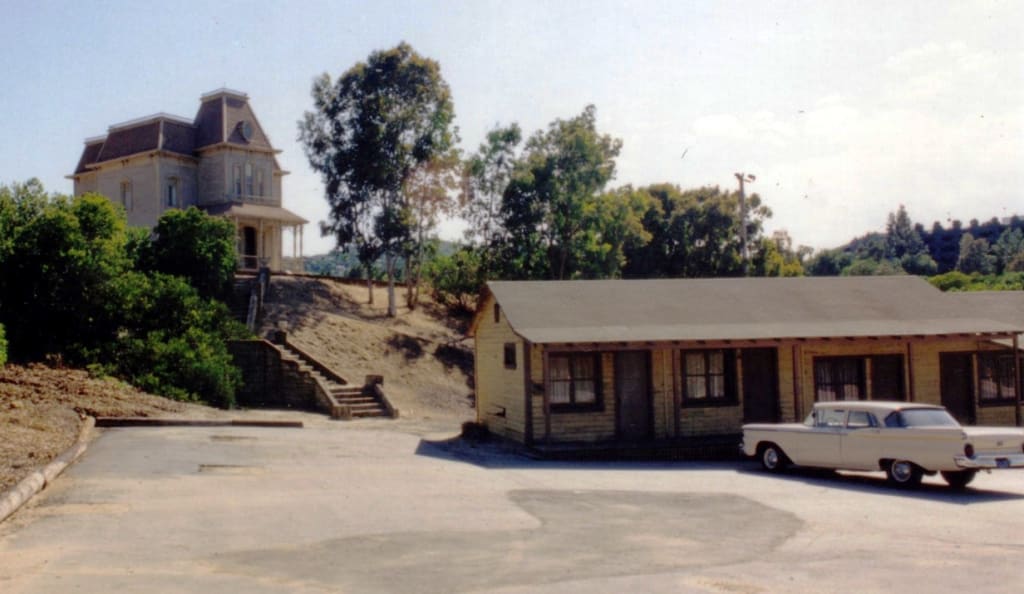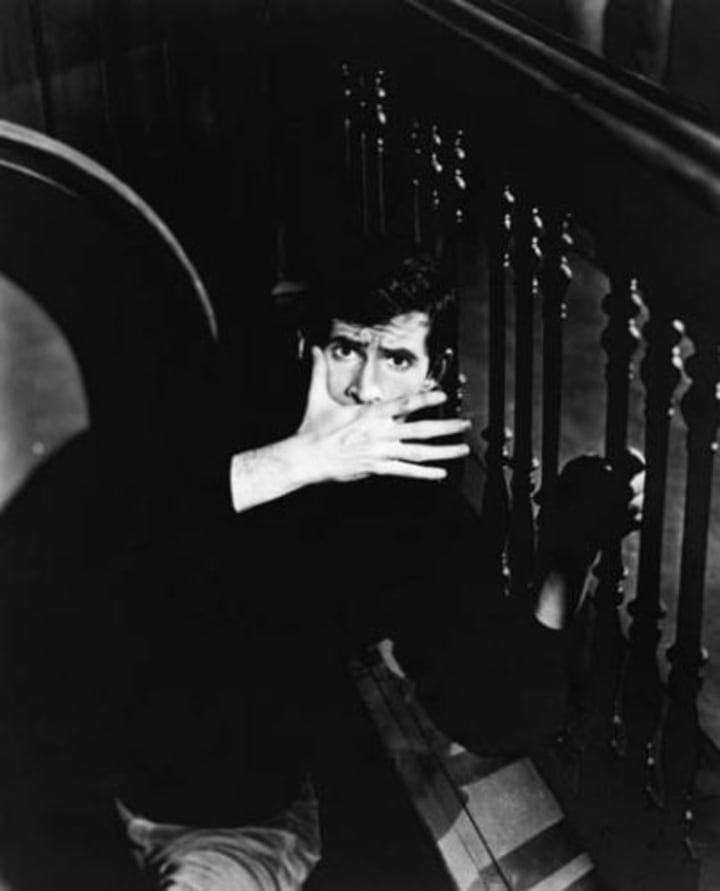Who Was the Real Norman Bates?
The killer from the movie, Psycho, was based on the real-life Butcher of Plainfield, Ed Gein

The actor, Anthony Perkins, perfectly embodied the creepy motel owner in Alfred Hitchcock’s movie, Psycho. The polite and handsome, yet sinister character struck a chord among the public. A franchise was born with six films and a five-season TV series that aired on A&E.
The original movie was adapted from the book by Robert Bloch. And Bloch’s book was inspired by the real-life Ed Gein. Bloch was motivated to write Psycho when hearing about the arrest of Gein, which happened within 50 miles of Bloch’s home in Wisconsin.
In a strange twist, once the gruesome details of Gein’s life came out, Bloch realized there were many striking similarities between the real killer and his imaginary one.
“I’d discovered how closely the imaginary character I’d created resembled the real Ed Gein both in overt act and apparent motivation.” — Robert Bloch
Psycho
The movie follows a young secretary, Marion Crane, on the run after stealing money from her employer. She stops at the Bates Motel, where she meets the shy Norman, who is clearly enamored with her. He invites her to dinner in his home, enraging his overbearing mother.

Later on, we see him peeping at Marion in the shower through a hole he has drilled in the wall. “Mother” then takes over and stabs Marion to death in the shower, in what is arguably the most famous movie scene ever filmed.
Eventually, the audience learns that “Mother” and Norman are one and the same. Norman was severely abused as a child by his mother, causing him to develop a split personality. He keeps his dead mother sitting in a rocking chair in the basement and dresses up as her when his personality shifts.
“Mother” murders any woman that Norman finds attractive.
The Butcher of Plainfield
In 1957, Ed Gein, also known as the Butcher of Plainfield, was arrested for the murder of Bernice Worden in his hometown of Plainfield, Wisconsin. Bernice, a hardware store owner, had gone missing, and Ed was the last person seen with her.
When police searched his farm, they found Bernice’s body. She had been shot, mutilated, and decapitated.
Bernice’s body is not the only horror police found that day on the farm. They also discovered the head of Mary Hogan, a local tavern employee who had been missing since 1954.
Further searches of Ed’s home turned up the truly macabre. Human skulls, furniture made out of dead bodies, and clothing and masks made from human skin. The remains of 10 women were found strewn throughout his property.
According to Ed, these were not people he had killed, but instead, they were body parts taken from his habit of robbing graves.
The motive
Like the fictional Norman, Ed had an unhealthy relationship with his mother. She was a domineering woman that kept Ed and his brother Henry isolated on their family farm. She instilled in them the belief that all other women, besides herself, were whores.
At some point, Henry began to reject the worldview of his mother. Ed remained loyal and was horrified at Henry’s admonishments. And one day, Henry went missing and was later found dead. Though some investigators were suspicious of foul play, they ruled Henry’s death an accident.
After his mother’s death a year after Henry’s, Ed remained on the family farm, alone, keeping to himself, apart from the rest of the world.
He even closed off rooms in the house that his mother often used, keeping them preserved as a shrine.
It was reported that both Bernice and Mary bore a resemblance to Ed’s mother. And, reportedly, the dead body parts found around his house were from the graves of middle-aged women that had reminded Ed of his mother.
The trial
In 1957, Ed confessed to killing both Bernice and Mary. He pled not guilty due to insanity and was confined to a psychological institution.
In 1968 he was deemed fit for trial and was convicted of the murder of Bernice Worden. Prosecutors reportedly only tried one murder due to financial constraints.
Though he was found guilty of murder, Ed was deemed insane at the time of the killing; and was sent back to the psychological hospital, where he remained until his death in 1984.
Just like the fictional Norman, Ed was described as polite and easy-going.
“If all our patients were like him, we’d have no trouble at all,” — the superintendant at the Central State Hospital for the Criminally Insane.
After his arrest, Gein’s farm attracted curiosity seekers, and it was mysteriously burnt to the ground, most likely by arsonists.
When Gein was told of the fire, he didn’t show much emotion, merely stating, “Just as well.”
The enduring effect the story of Psycho has had on pop culture is due to more than the horrifying details of the murders. It strikes a fear in one’s heart to see a polite, mild-mannered person end up being a savage killer.
And it goes to show, you never quite know your neighbors.
About the Creator
Jennifer Geer
Writing my life away. Runner/mama/wife/eternal optimist/coffee enthusiast. Masters degree in Psychology.







Comments (4)
Thanks for sharing, and I hope this story sheds some light on the psychological darkness!
Wow who would of known the connection! Great read
I had no idea there was a connection between the two. These are the kind of people who stay in the public conscience for years until someone worse comes along. However in the case of Ed Gein I'm not sure there is anyone worse. Great writing.
I live in Wisconsin and my mother got into this true crime story a lot. I remember she had a book that had the court trial in it word for word. This man was a nut job. He had skulls he would use as bowls to eat from. Bones for furniture. And some say he was sewing them body parts to make his mother. Very interesting case though. thanks for sharing